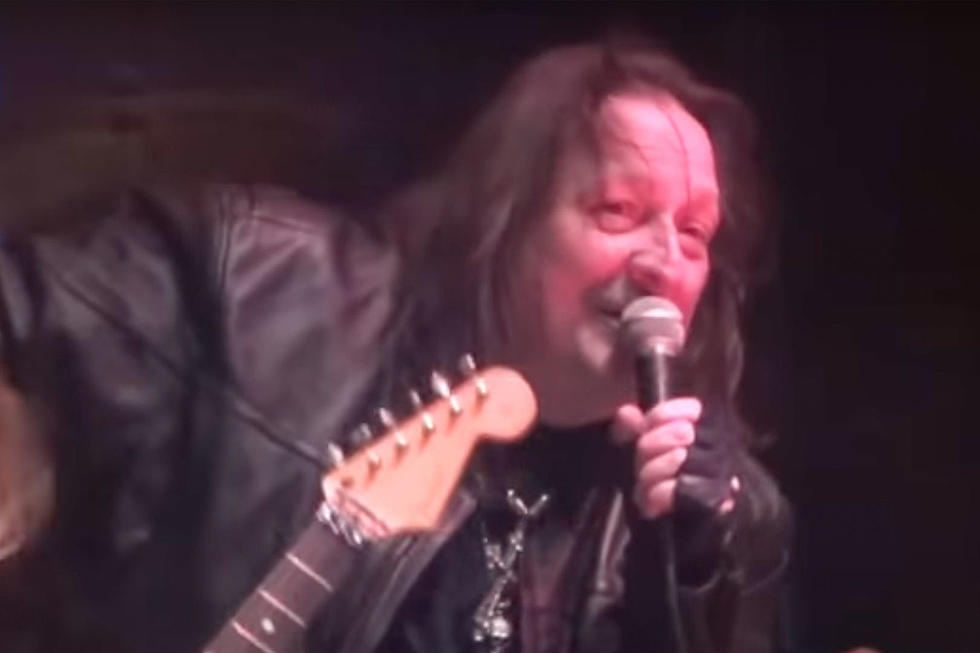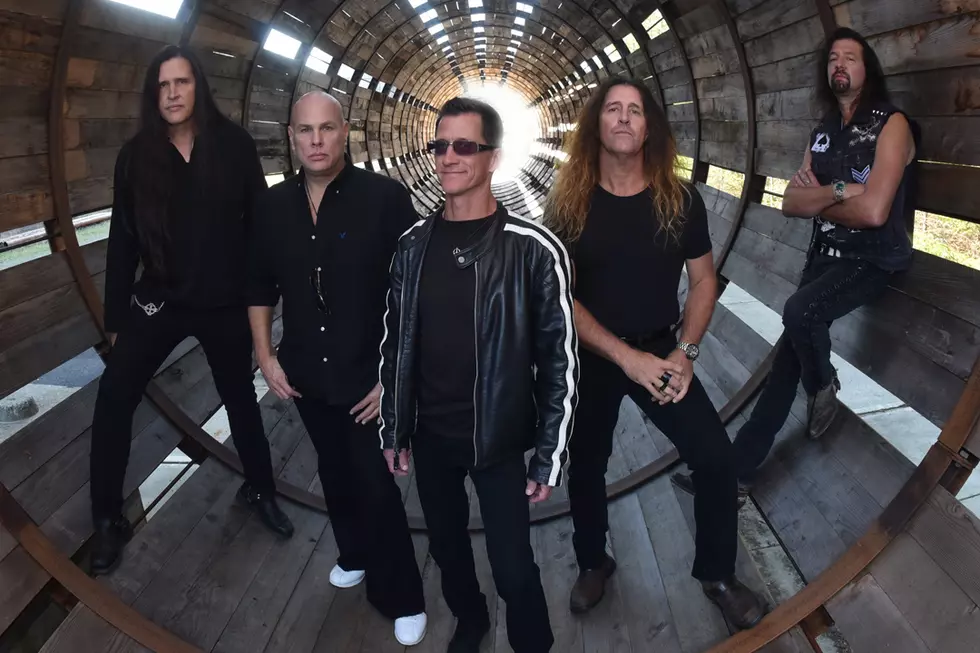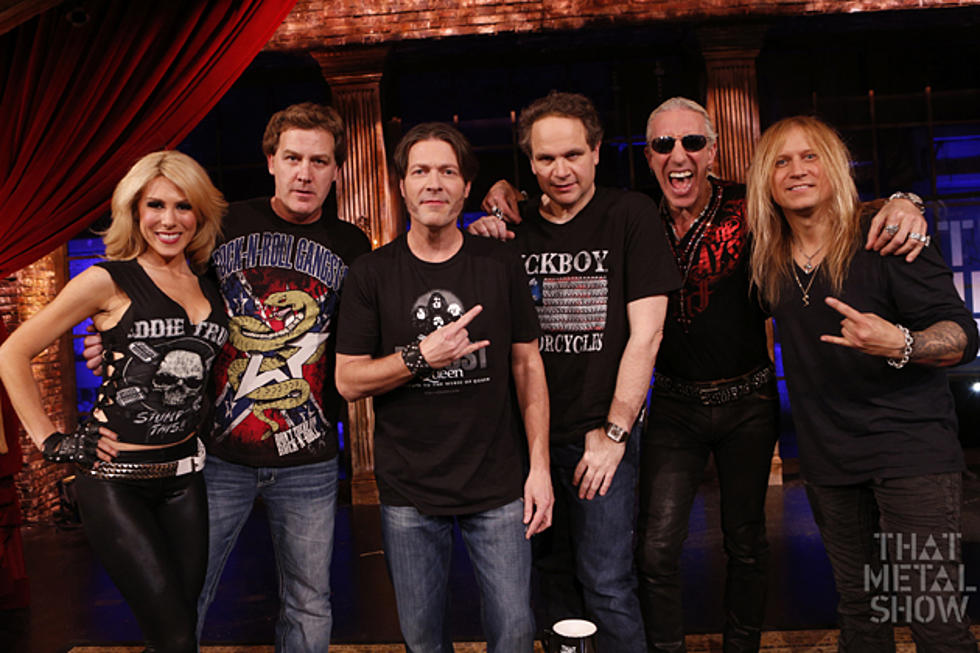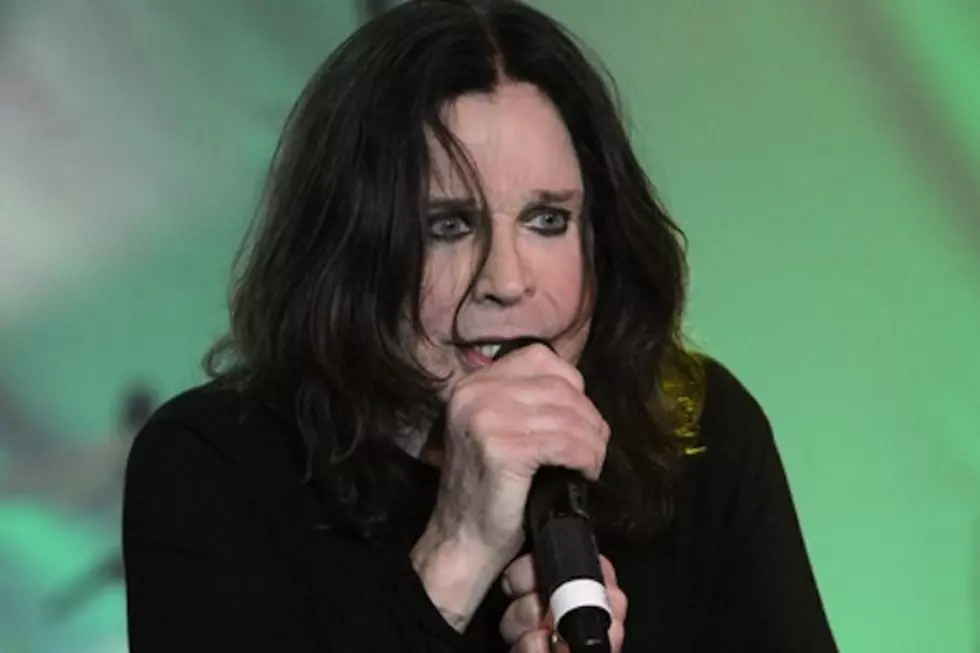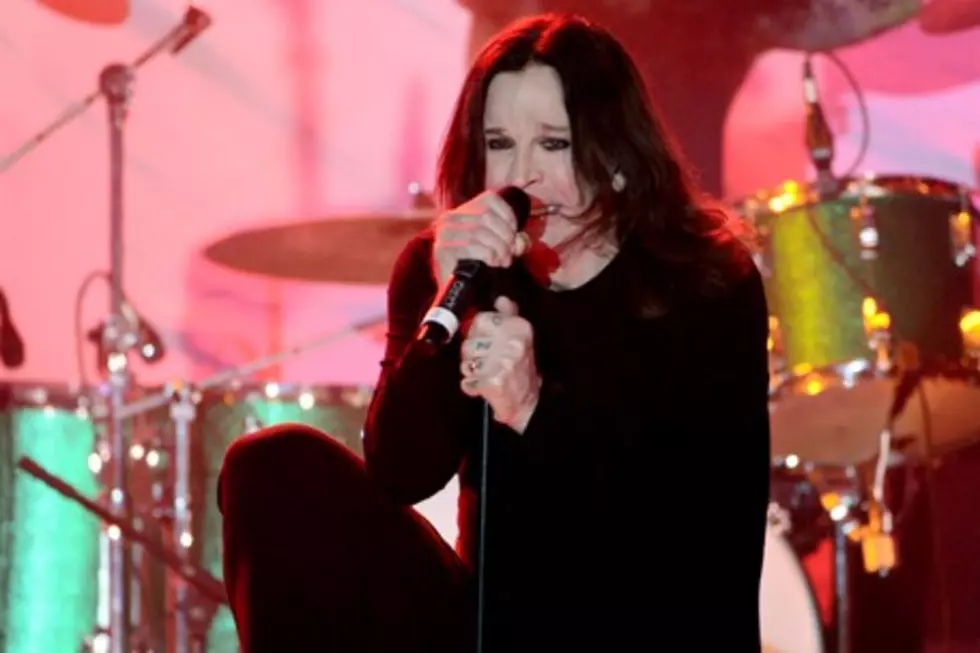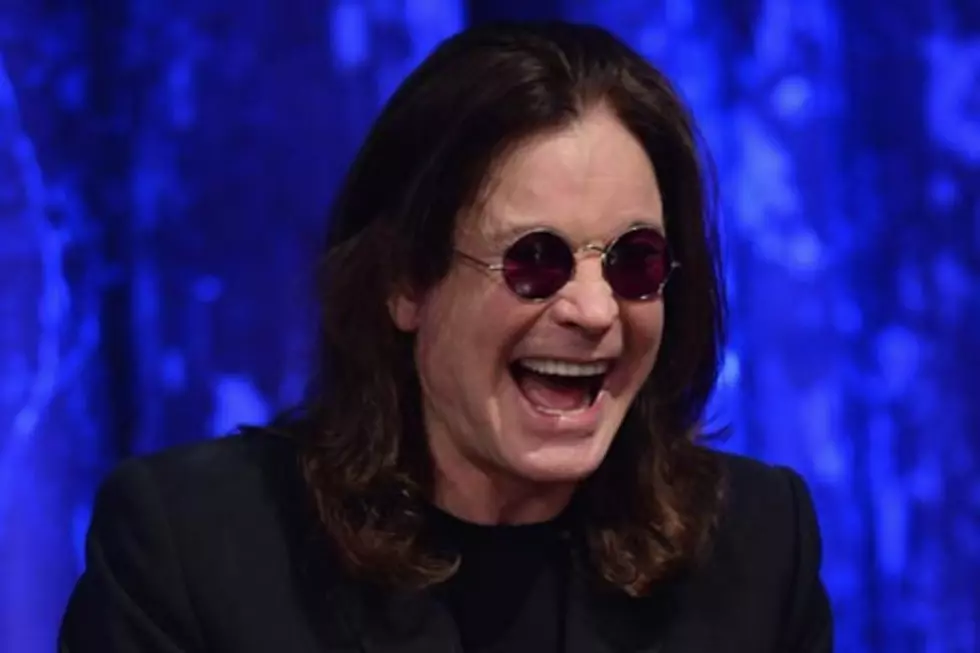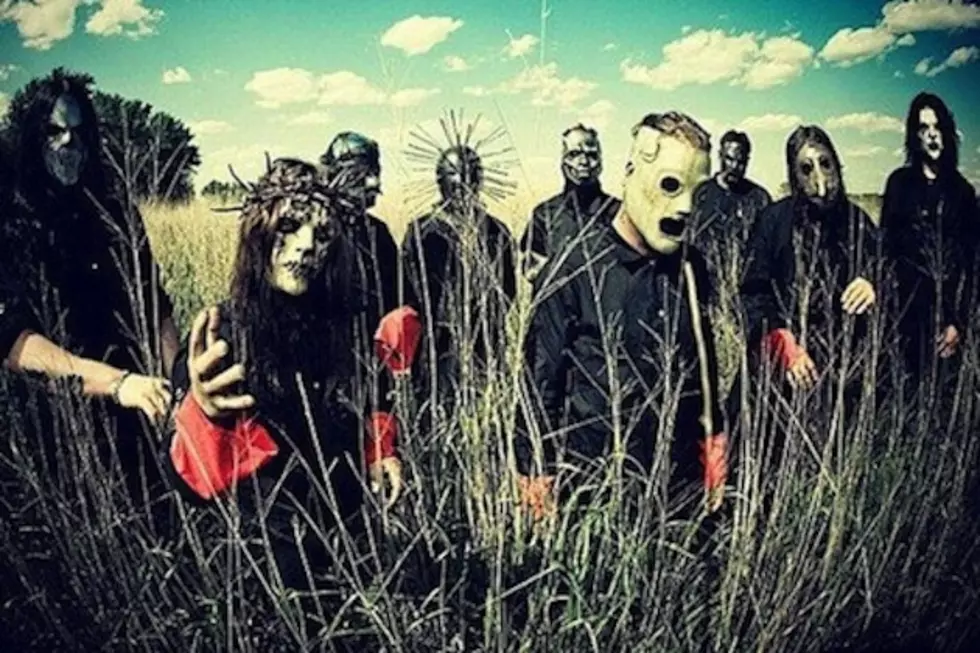
Trans-Siberian Orchestra Is Like a Castle, It’s Fun for Everyone
 Trans-Siberian Orchestra founder Paul O'Neill likens his act's music to a medieval castle. "Whether you're 7 or 107, if you see an old medieval castle, it looks cool," O'Neill told Noisecreep. "The closer you get to it, the cooler it is. The more you look, the more there is to find. Depending on your age, depending on your mood, depending on what's going on in your life, the favorite part of the castle will change. That's kind of how we try to do everything with the Trans-Siberian Orchestra."
Trans-Siberian Orchestra founder Paul O'Neill likens his act's music to a medieval castle. "Whether you're 7 or 107, if you see an old medieval castle, it looks cool," O'Neill told Noisecreep. "The closer you get to it, the cooler it is. The more you look, the more there is to find. Depending on your age, depending on your mood, depending on what's going on in your life, the favorite part of the castle will change. That's kind of how we try to do everything with the Trans-Siberian Orchestra."
On Oct. 27, Trans-Siberian Orchestra will celebrate the release of what's been dubbed their most ambitious album to date, 'Night Castle.' O'Neill and crew have created 26 songs that run the gamut from hard rock to classical, taking the listener on a journey through different points of history.
'Night Castle' details the triumphs and follies of man, but it's ultimately an epic story of transformation and love. The two-CD set will be released at a special low price and will include a 68-page booklet, featuring story, lyrics and full-color illustrations by artist Greg Hildebrandt.
"We're really psyched about it," O'Neill said. "It's a double CD. The first half of it is a rock opera. The second half is Trans-Siberian Orchestra's first regular album. It comes with a 68-page booklet, illustrated by Greg Hildebrandt. To make sure everyone can afford it, Warner Bros. really went to the wall for us. The two CDs, with the 68-page booklet, special packaging is $10.99. On Amazon, you can download it for $7.99, complete with a 68-page booklet.
"At various times during the year -- just to make sure that no one cannot afford to get the album -- for a week in October, a week in November, a week in December, a week in January, I told them they have to make the digital download, both CD and 68-page PDF for less money than somebody would make in minimum wage at any state. So basically, if you're a high school kid and you're working an hour after school you can afford the entire album. What's the point of making a record if people can't afford to hear it?"
O'Neill explained that originally he set out to make 'Night Castle' a "12-song regular album." But things slowly spiraled out of control -- in a good way. That's the reason why it took the band so long to finish the album, the follow-up to 2004's 'The Lost Christmas Eve.'
"Honestly, we're really happy with it," O'Neill said. "It's over two hours' worth of music. The story starts with a little kid on the beach in California and basically goes all over the world, all throughout time. There's a lot of plot twists along the way and a happy ending. In the second half, we get to pay homage to some of our influences. 'Nutrocker,' which was originally recorded by Tchaikovsky, and then re-recorded by Emerson Lake and Palmer, is on the album with Greg Lake playing bass. I got to do a song called 'Believe,' which comes from Broadway musical I wrote, 'Gutter Ballet,' that Savatage recorded."
Also included on the album is 'Carmina Burana,' a song that most people will recognize upon listen. "I've always loved that song," O'Neill said. "The first time I ever saw it performed was in Germany with a full symphony and 120-piece choir and it was mostly rich, upper crust blue bloods. Everybody was blown away. At some point in the '80s, I was going to see Ozzy Osbourne. Before Ozzy took the stage, the tape was 'Carmina Burana,' then all these suburban kids went crazy. Some point in the '90s, I saw a band in an inner-city night club, a rap band. Before the rap band went stage, the tape was 'Carmina Burana.'
"I'm thinking, 'Wow. Here's a song where the lyrics were written in 800 AD by some Bavarian monk.'" The lyrics were written by said monk. And in the 1930s, Carl Orff wrote the music, he said.
"And it's blowing away aristocratic bluebloods in Europe, suburban kids in Long Island and inner-city kids," O'Neill continued. "That's the magic of the arts, especially of music. It effortlessly jumps the artificial walls people put up between themselves--different nationalities and different economic backgrounds, especially the generational gap. It was the first song I ever saw that did it so effortlessly and so constantly so we decided to put that on. I know this will never happen but if only the Bavarian monk who wrote the lyrics could ever be put in a time machine to see what he hath wrought."
More From Noisecreep


